
The interactive web-series MILGRAM <milgram.jp> is different from more conventional stories because every major event is a result of the viewers’ choices. There are 12 major characters in MILGRAM: two guards and ten prisoners. One of the guards, Es, has no memory of who they are or what their current situation is. On the other hand, the second guard is a talking rabbit with antlers named Jackalope. Es’ actions are partially controlled by the viewers, choosing whether the ten prisoners should be forgiven or not forgiven over the course of three trial periods.
All ten prisoners are confirmed by Jackalope to be murderers, but their exact crimes and the motivations behind them are left to the viewer and Es to figure out. Es and the viewers are meant to discern these crimes through music videos that are extracted from the prisoners’ minds, voice dramas where Es interrogates the prisoners, and they must answer over the course of each prisoners voting period. Currently, two of the three trials have been released.
The prisoners who are most interesting to me are N.03 Fuuta Kajiyama, N.06 Mahiru Shiina, and prisoner N.08 Amane Momose (some names are spelled slightly different from official English translations for clarity). The prisoners in MILGRAM all vary greatly, with the youngest among my favorites, Amane, being 12 years old, and the oldest, Mahiru, being 22. Even the motivations behind their crimes and how they went about them differ greatly from each other. Essentially, these characters have almost nothing in common, but they all stand out to me regardless.
Fuuta Kajiyama: Prisoner Number 003
Fuuta is one of the more straight-forward characters in MILGRAM. Before the events of MILGRAM take place, he’s a 20-year-old who just happens to spend too much time online. He gets angry easily, he looks down on other people despite not being very impressive himself, and, according to question 13 of his Trial 1 Interrogations, he thinks admiring people is for losers. This generally unpleasant personality leads him to being someone who spends much of his time online arguing and leading witch hunts on those he thinks are “evil hypocrites.”
Eventually this escalates to a middle-school girl (who’s online user is KILLCHEROY) getting her personal information leaked due to his need to “hunt down the liars” as we see in the music video for his First Trial Song “Bring It On.” This leads to her dying, but whether it was suicide, or an outside force (I.E. murder) is unknown. At the end of the music video, when he realizes what’s transpired, he’s afraid as he hides in his room.
When he ends up in MILGRAM, he pretends he doesn’t see anything wrong with what he’s done, insisting he’s in the right to an almost manic degree; but this changes when all the prisoners get their verdicts. Fuuta, quite obviously, was voted not forgiven for his crime, as he didn’t see anything wrong with what he did despite the fact that there isn’t much justification for it.
Kotoko, who he thought was like himself, people who take “justice” into their own hands, ends up attacking almost every prisoner with a not forgiven verdict, including Fuuta himself. He ends up losing an eye during Kotoko’s attack, and this doesn’t just affect him physically, as during Trial 2 his mindset has started to change. He acknowledges what he did to KILLCHEROY was wrong and has started insulting his fellow prisoners less. He might be my favorite MILGRAM character for the sole reason that he’s an incredibly real person.
Fuuta flames people online and doesn’t think about what kinds of consequences this could have, clearly viewing it as a game as seen in the music video “Bring It On.” It isn’t until KILLCHEROY’s death does he really feel the weight of his actions, the video game style “victory marches” he led to punish “sinners” suddenly getting much more real once he defeats KILLCHEROY. He knows it went too far but admitting that would mean admitting he has the blood of a young girl on his hands. When he’s forced to face the violence of someone else’s “justice”, it leads to him reassessing what exactly he’s doing, and he thinks that Es is the same as him. They both judged people and that judgement was capable of killing.
KILLCHEROY died due to Fuuta’s judgment, and he, as well as Mahiru were left on the verge of death due to Es giving them the not forgiven verdict though he’s still quick to anger and insists that he should be forgiven, just so he doesn’t have to bear the pain anymore. He hasn’t quite gotten to the point of acknowledging he was wrong, but I want to believe he’s on the right track, and I’m excited to see where his character goes in Trial 3.
Mahiru Shiina: Prisoner Number 006
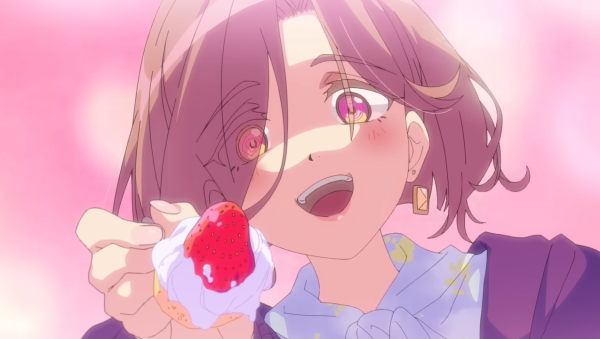
Mahiru is a 22-year-old university student who is shown to blog about her daily life in her First Trial music video. She had a boyfriend who she loved more than anything, and she places heavy importance on love. Her boyfriend ended up committing suicide due to the nature of her love. In her first voice drama, “Love is Mine”, she reveals that her boyfriend was her first try at relationships; she has a kind, upbeat and chatty personality, and easily gets along with most of the other prisoners, and even before MILGRAM she led a nice and simple life, with loving parents and friends. How could someone like her drive her boyfriend to suicide? Mahiru had no experience with love before her boyfriend, and as the first line says in her First Trial song, “This Is How to Be in Love with You”, she seems to rely on him to teach her about love. In her song, it’s made clear that their relationship is very rocky, and she loved him “to the point of pulling him down” and they often did the “breakup ritual”.
At first, it was thought that solely Mahiru was at fault for the end of their relationship, but from that first line and from what we see in Trial Two, it seems the toxic love was mutual. In her second music video, “I Love You”, the visuals switch from the bright and happy visuals of the first video to a bleaker and decaying “reality” with Mahiru seeming to realize that her relationship wasn’t as wonderful as she thought. In the music video, we see her boyfriend feeding her “cake” during the romanticized segments, and eventually, she starts feeding him “cake” too.
It isn’t until we cut back to “reality” do we see that what she is feeding him isn’t cake, but a dead rat. Both are disheveled and even malnourished, but she doesn’t stop, because she believes this is what love is. This love leads to her boyfriend getting worse and worse, until he eventually sees suicide as the only way out. He was the one who first fed her this toxic and destructive love, and she returned it with all she could. That isn’t to say that Mahiru is completely blameless, but it’s not like her boyfriend is innocent either. I believe Mahiru is currently on track to grow and become a better person, one who is able to properly love others. I want Mahiru to be forgiven in the end and I want her to find a proper, fulfilling love one day. Again, she’s a kind person who was simply stuck in a bad situation, so it would be nice if she got a happy ending.
Amane Momose: Prisoner Number 008
Amane is the youngest person in MILGRAM at 12 years old. She is kind, calm, polite and during her free time in MILGRAM, she asks the other prisoners to grade her work, a contrast to her intense, almost naïve belief in her God. Amane is one of the few prisoners in MILGRAM to have been voted not forgiven during Trial One and the only guilty prisoner to not have been attacked by Kotoko (due to the fact that Kotoko was stopped before she could reach Amane.)
During Trial One, it wasn’t made clear who she killed, only that she did it because of her devotion to the cult she was made part of by her parents. She was voted guilty due to the fact that MILGRAM’s viewers thought she had killed someone who defied the cult, and that if they voted her guilty, she would see the error in her ways. This was the wrong choice to make, as in Trial Two it’s revealed she killed her mother in defiance of her abuse in the name of their God. Amane was simply defending herself, as in her second music video, “The Purge March” we see that her mother would douse her in cold water and even tase her. It is implied that she dislikes doctors, likely due to the cult’s beliefs in not handling injuries as they were from God.
Despite this belief, when she sees an injured cat, she attempts to help it, and unluckily for her, someone from the cult sees her and informs her mother. This results in her being tased. When she goes back to where she found the cat, all that’s left is the collar and cloth she gave it to stop the bleeding. Next, we see her standing over her mother’s bleeding body outside her home.
Amane is consistently failed by the adults around her, being punished for simple mistakes and for trying to help those around her. Even in Trial Two, she still keeps her steadfast belief in God. She is a victim of circumstance, but hopefully she is able to find peace, seeing as she was voted Forgiven during Trial Two.

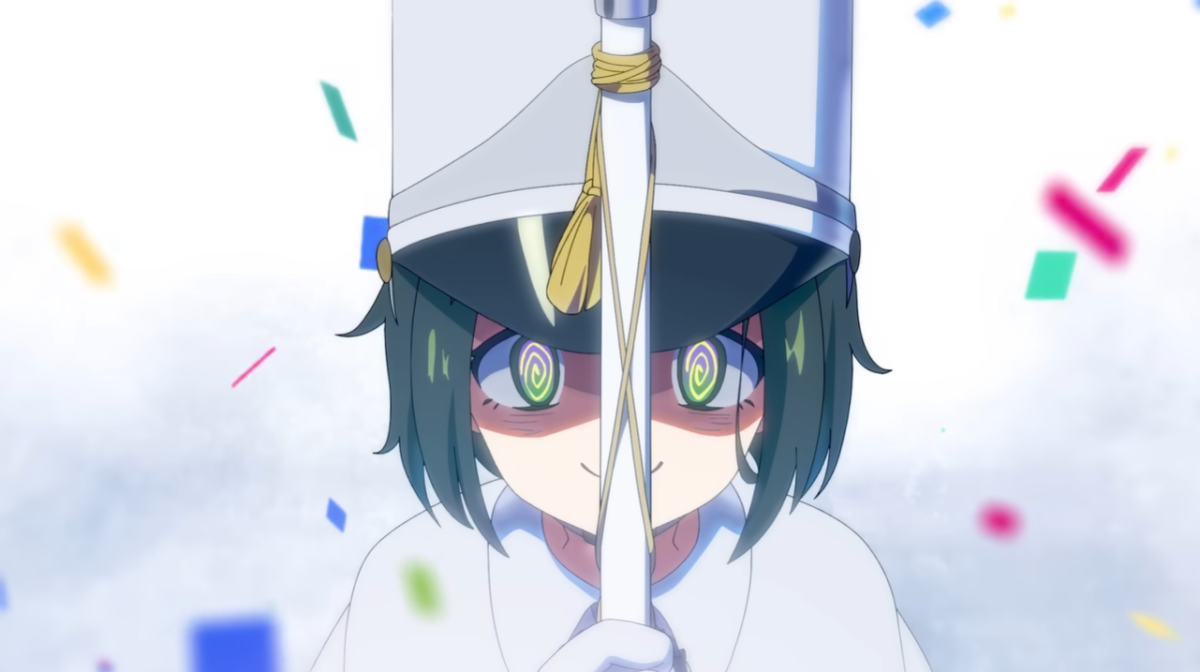

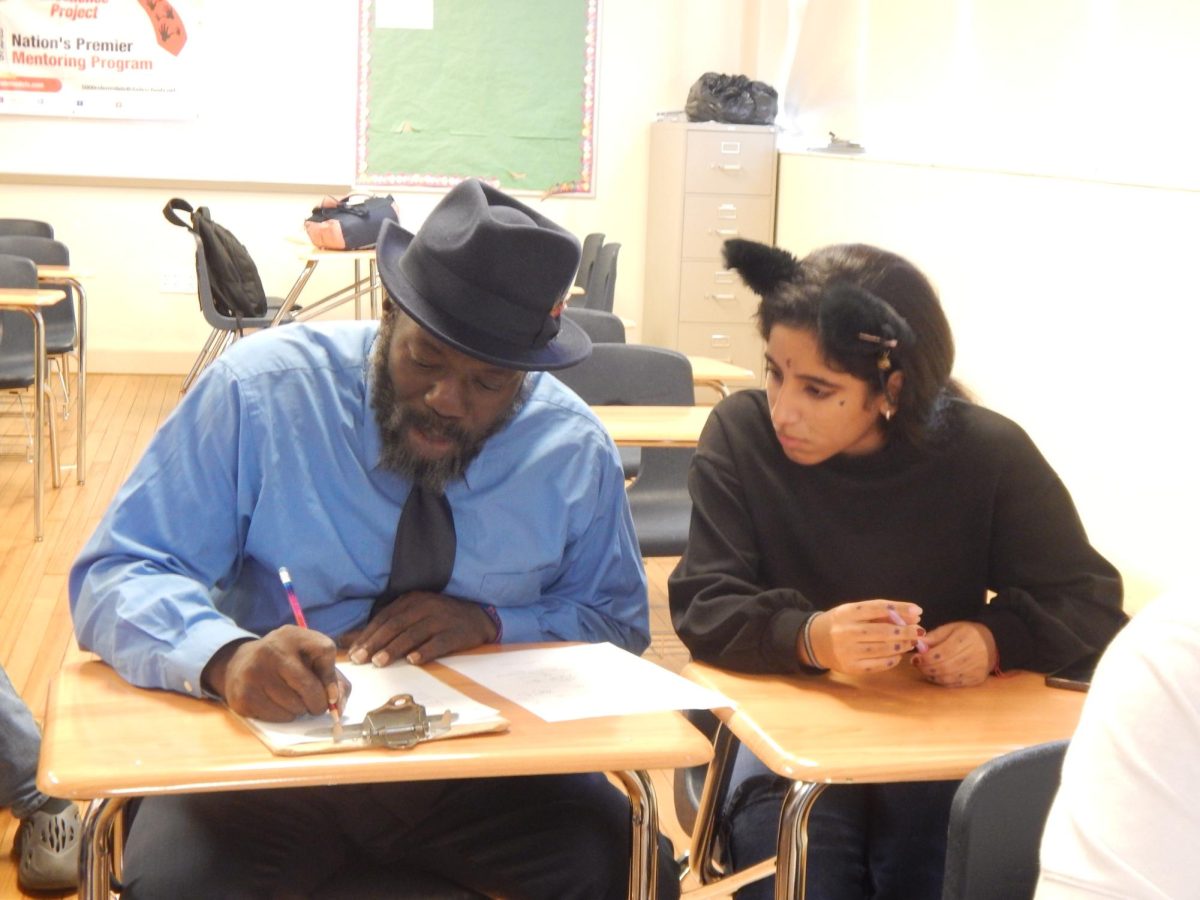


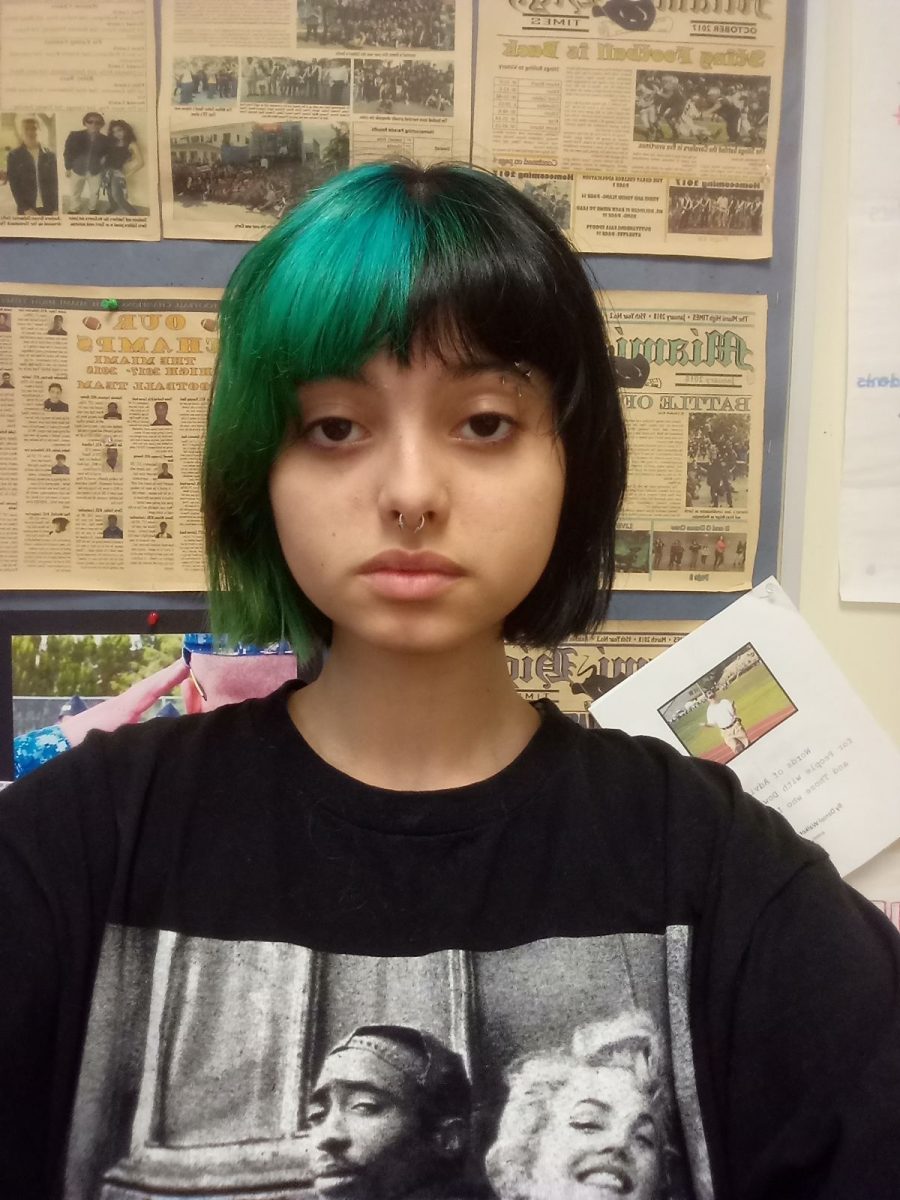

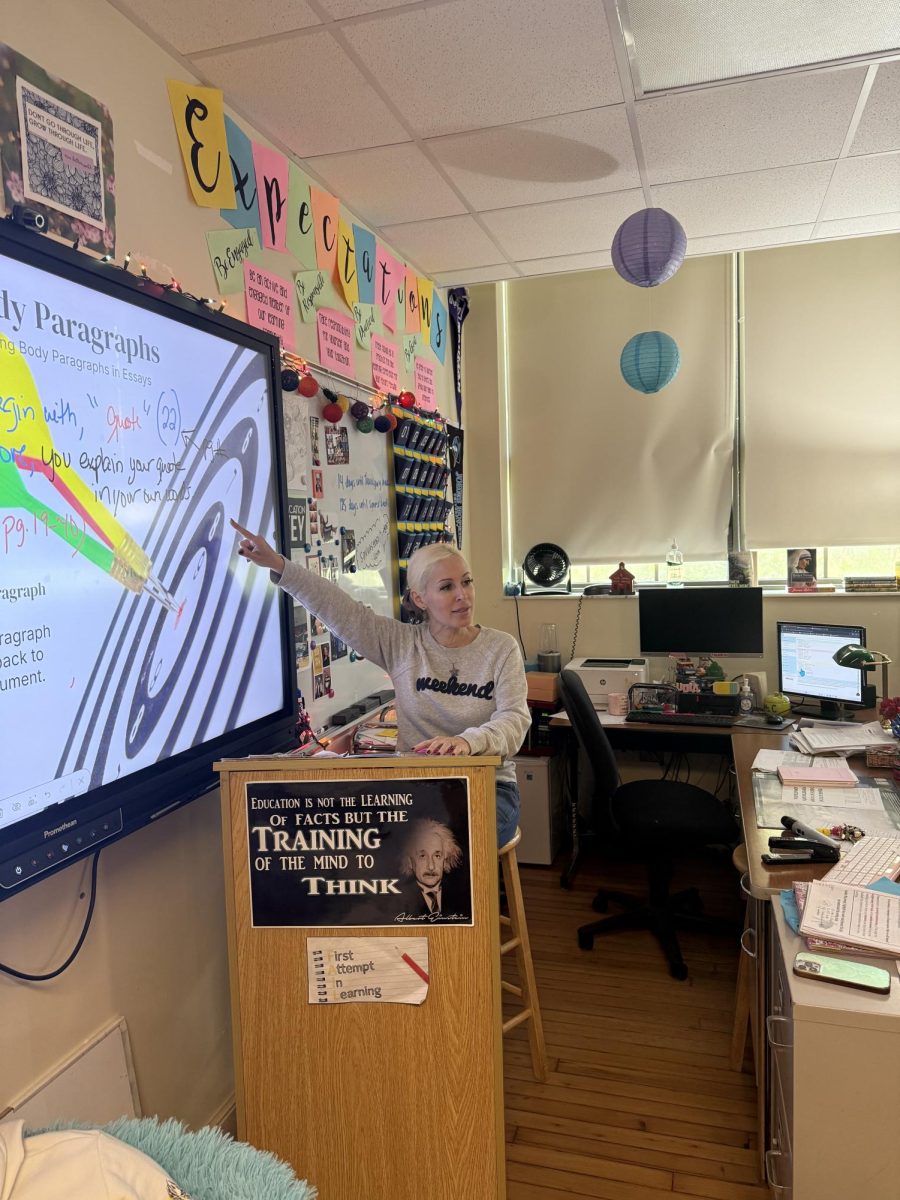



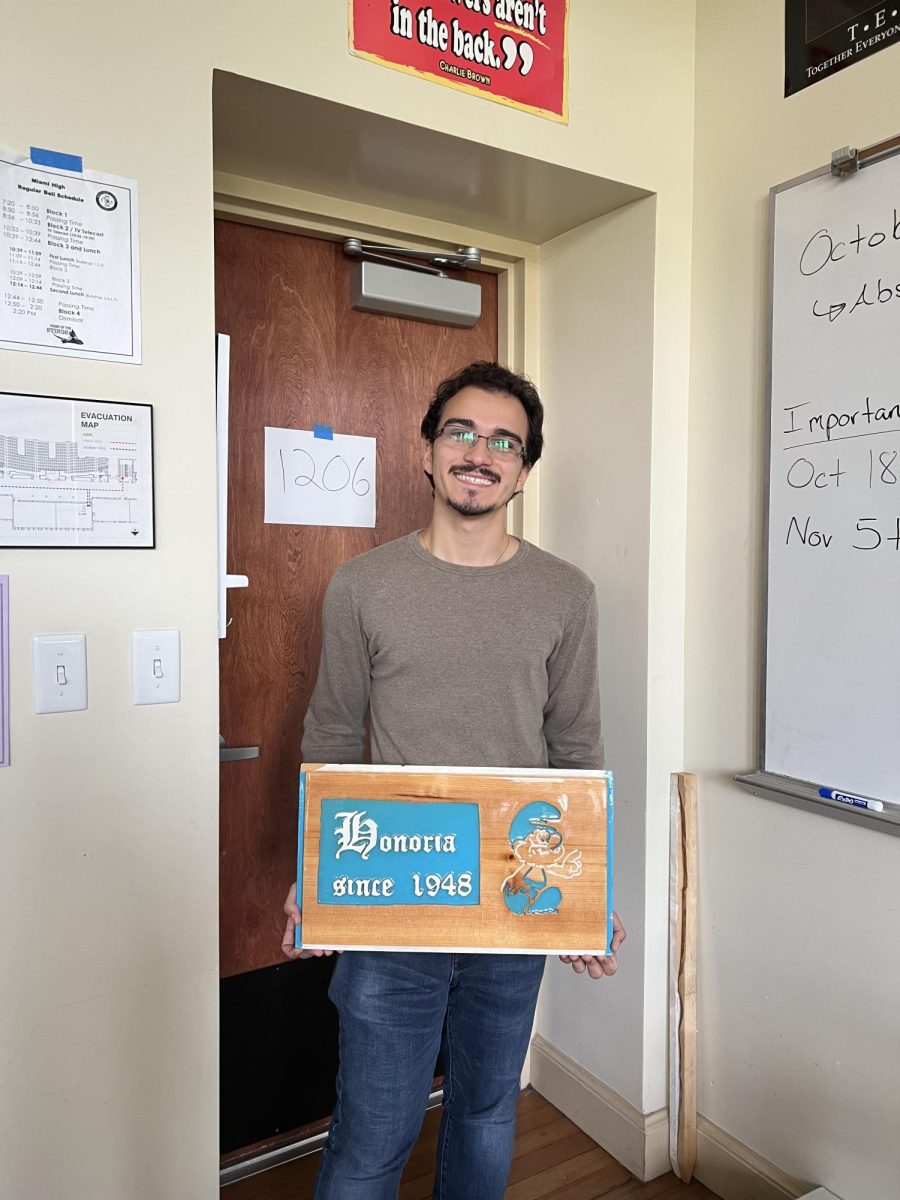

Gianluca • Feb 26, 2024 at 1:59 pm
this story is so amazing that now i am permanent fan
Sayid Gonzalez • Dec 18, 2023 at 2:01 pm
To put it simply, an extravagant piece of media